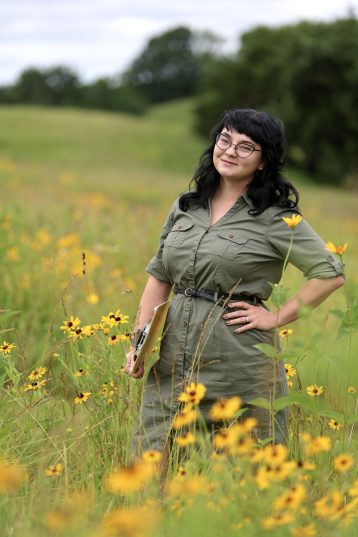“Never in the history of calming down has anyone calmed down by being told to calm down.”
A truer statement probably has never been said, and yet, we often ignore these words when interacting with others — especially children — who are experiencing strong emotions.
“Calm down.”
“You’re overreacting.”
“It’s not that big of a deal.”
These are expressions adults often say with bewilderment, exasperation or anger in the middle of trying to stop children from having a tantrum, meltdown or some other type of emotional outburst.
We’re all guilty of this. When we are in the heat of the moment and are desperate to get a highly charged situation under control, it’s hard to pause to take perspective on what it is our child might be thinking or feeling. We just want the behavior to stop.
No matter what we view as a gross overreaction on behalf of the child, the problem really is that big of a deal in their eyes. More importantly, the big feelings that are raging inside at that moment are, without question, very real. To tell them any differently is not only ineffective; it is a denial of the child’s reality.
So, in times of working with a child who is in turmoil and exhibiting high emotions, no matter what we think of the situation, it is important to practice empathy. Put yourself in the child’s shoes as best you can and push aside any thoughts of the situation being an “overreaction.”
When I was teaching in the elementary classroom, I worked with a colleague who had a poster on her wall entitled, “Size of the Problem/Size of the Reaction.” On the left of the poster was a list of five problems a child might face, with 0 being no problem at all and 5 being a life-threatening emergency. In the middle of these were problems like having someone take your pencil, forgetting an important homework assignment and having a big argument with a close friend.
On the right of each “problem” was a picture of a person with a corresponding facial expression for the situation. These expressions began with a person smiling, to a person pouting, to a couple of tears, to heaving sobs, to people screaming and running for their lives.
She used this poster to help children gain some perspective about their emotional reactions.
When a child had an outburst, she would first give them the time and space they needed to calm down. When they were ready, she would guide them to the poster and ask them, without judgment, to identify the level of the reaction they’d just had to their problem. Most were able to do so, while a few required a little “outside perspective” and guidance.
Then, she would ask them to describe the problem they were having. Once she was clear on this, she and the child would work together to identify what level that problem was.
Sometimes, the problem and the reaction matched up. When this happened, the teacher would help the child brainstorm some problem-solving skills that he or she could use the next time a similar event occurred.
More often than not, however, the size of the child’s reaction exceeded the level of the problem. When this situation occurred, the word this teacher used was unexpected. As in, “That’s an unexpected reaction to the problem you faced, but I know your feelings were very real. I don’t want you to have to feel that badly again if a similar problem occurs in the future, so let me show you some strategies you can use to help you calm down the next time you start feeling such strong emotions.”
In this manner, she validated the child’s feelings. She empathized with them, making them feel heard and understood. Once this occurred, she could teach them some healthy self-soothing strategies to use the next time their emotions ran high.
Because she first offered empathy, the children were more open to learning. Can you imagine if she had simply said, “You were overreacting” or, “That was inappropriate”? The child would immediately have shut down and not been open to learning anything from the situation to help with their social-emotional growth.
It’s important to remember the importance of empathy anytime we are working with a child (or anyone) who is experiencing strong emotions. Put yourself in their shoes by remembering a time you were so upset that all you could feel was your pain and frustration. Remember how in the heat of that moment, there was absolutely no space in your head or heart for the feelings or opinions of those around you. In your mind, you were not overreacting but expressing very real, very big emotions.
We’ve all been there at some point in our lives, and that’s likely where your child is each time they melt down. Our job is not to judge their reactions but to help bring them down from their emotional turmoil so that they can get to a place where they can hear us.
Then, if it’s appropriate, we can guide them through how they can do things differently next time.
Melissa Hyde has a masters in education from Pepperdine University in Los Angeles and more than 10 years experience teaching elementary education. She works for Challenge to Change in Dubuque, teaching children social emotional regulation skills through the practices of yoga and mindfulness.


























